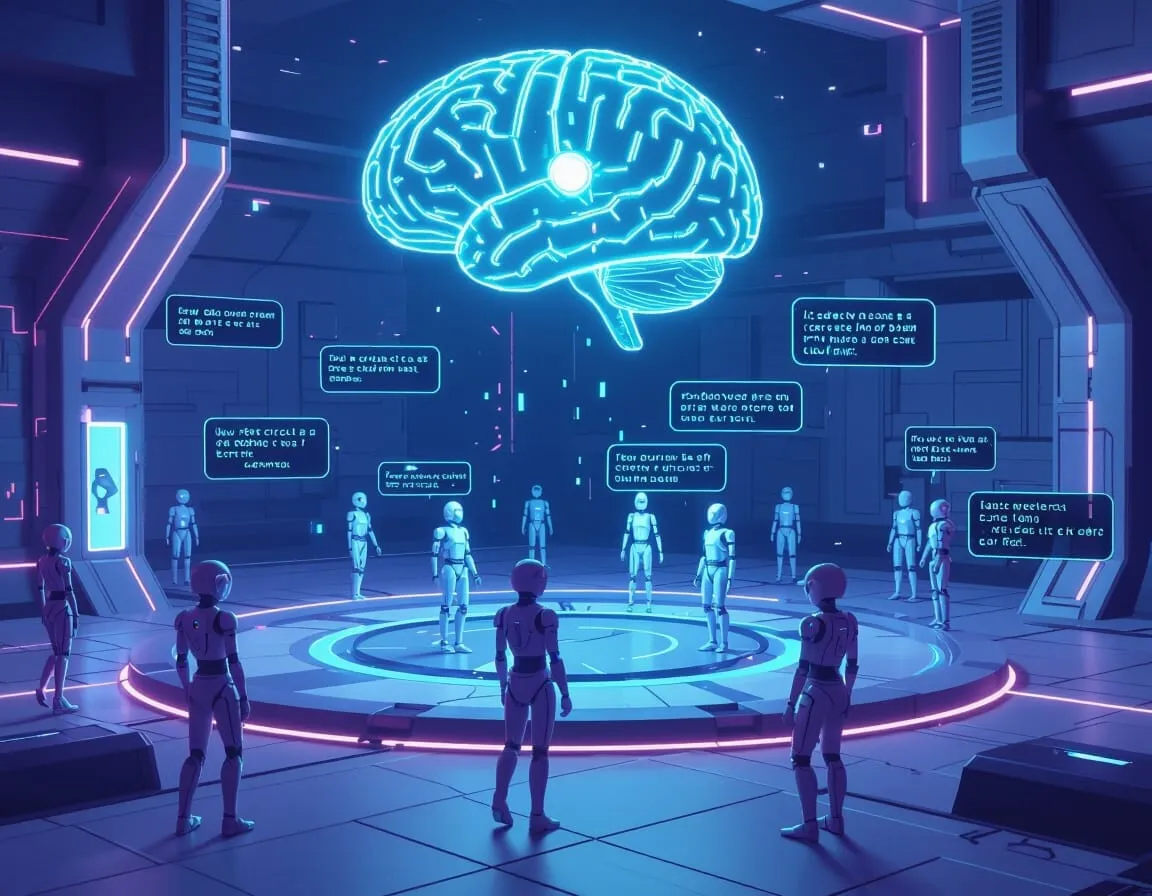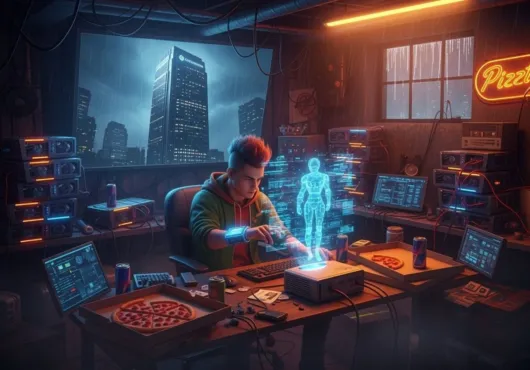From NPCs that still bump into walls to dialogue trees that pretend to care, the state of “AI in gaming” is… underwhelming. You’d think with all the buzz, we’d be one update away from fully sentient companions or procedurally generated personalities. But most of what we’re sold as AI is just clever scripting and recycled marketing speak. So, where’s the real innovation?
AI in Games: The Lie We Keep Clicking
Let’s be real. When developers tout “AI-powered features,” they usually mean pre-defined behavior patterns that adjust slightly based on your playstyle. That boss learning your moves? That’s pattern recognition from 2005 with better PR. That rogue-like game with endless content? It’s pulling from a curated bag of parts, not inventing worlds on the fly.
Generative AI was supposed to change this. Games would adapt. Characters would converse. Entire cities would come alive in unpredictable, human-like ways. But here’s the catch: that kind of generative tech is heavy. Like crash-your-PlayStation heavy. And studios aren’t trying to risk their Metacritic score so you can have a two-minute chat with a forgettable innkeeper.
What Would Actually Blow Our Minds?
Let’s skip the gimmicks. If developers really want to impress, here’s what needs to happen:
A single, shared generative brain: Imagine one AI silently steering every NPC in a game—not giving them all separate personalities, but creating a unified illusion of a living world. It’s like a dungeon master with digital god powers. That would feel alive.
Narrative that flexes, not breaks: Forget “Branch A” or “Branch B.” True generative storytelling would follow your choices and your tone. Talk your way out of battle with wit, charm, or nihilism? The story bends with you. That’s immersion.
Smart environmental response: Instead of repetitive barks or idle animations, NPCs could react to subtle player cues—like hesitation, panic, or silence. Not because they’re “real,” but because the system behind them is designed to care just enough.
Why It Hasn’t Happened (Yet)
Tech limitations aside, there’s a bigger problem: gamers are brutal QA testers. They’ll try to break the system instantly. They’ll ask the bartender about quantum mechanics or teach the goblin slurs. Anything unsupervised will be turned into content for a viral clip, not a deeper roleplaying experience.
And let’s be honest—studios don’t want to blow half the budget on a feature 3% of players will fully explore. Generative AI is expensive. Risky. Easy to get wrong.
So Why All the Hype?
Because it sounds revolutionary. Because it gets headlines. Because investors love buzzwords. But mostly because game trailers are better with moody voiceovers and promises of “emergent behavior” that ends up being a guard turning left instead of right.
Final Thought: Let’s Not Kill the Dream
Just because most AI-in-games claims are fluff doesn’t mean the dream’s dead. It means the bar is still high. And when someone does clear it, when a game really feels alive, it won’t be because they added AI for the sake of it. It’ll be because they designed it around what makes players curious, not just what makes them click.



